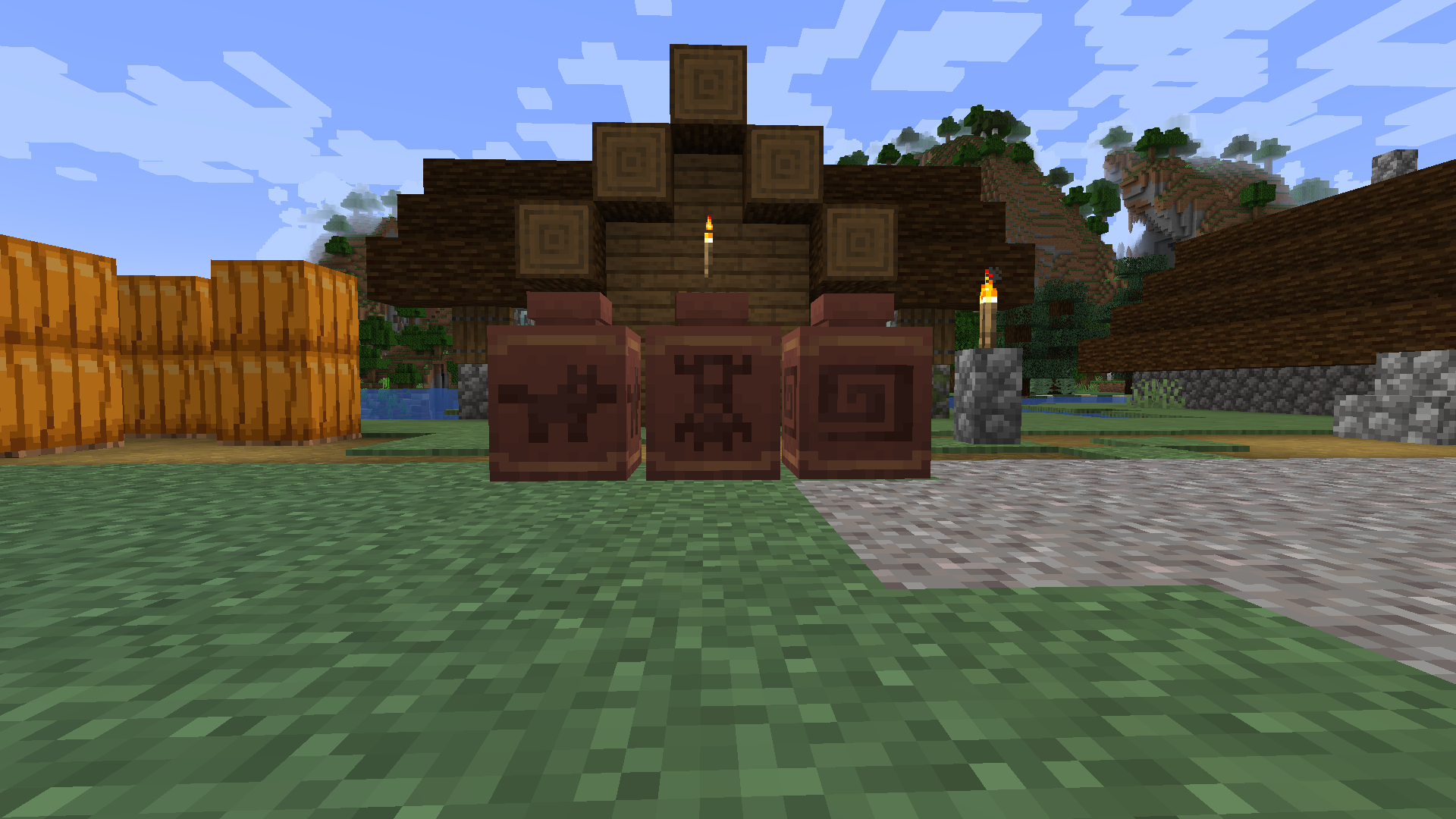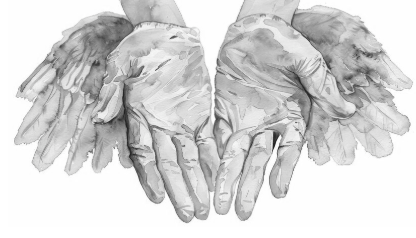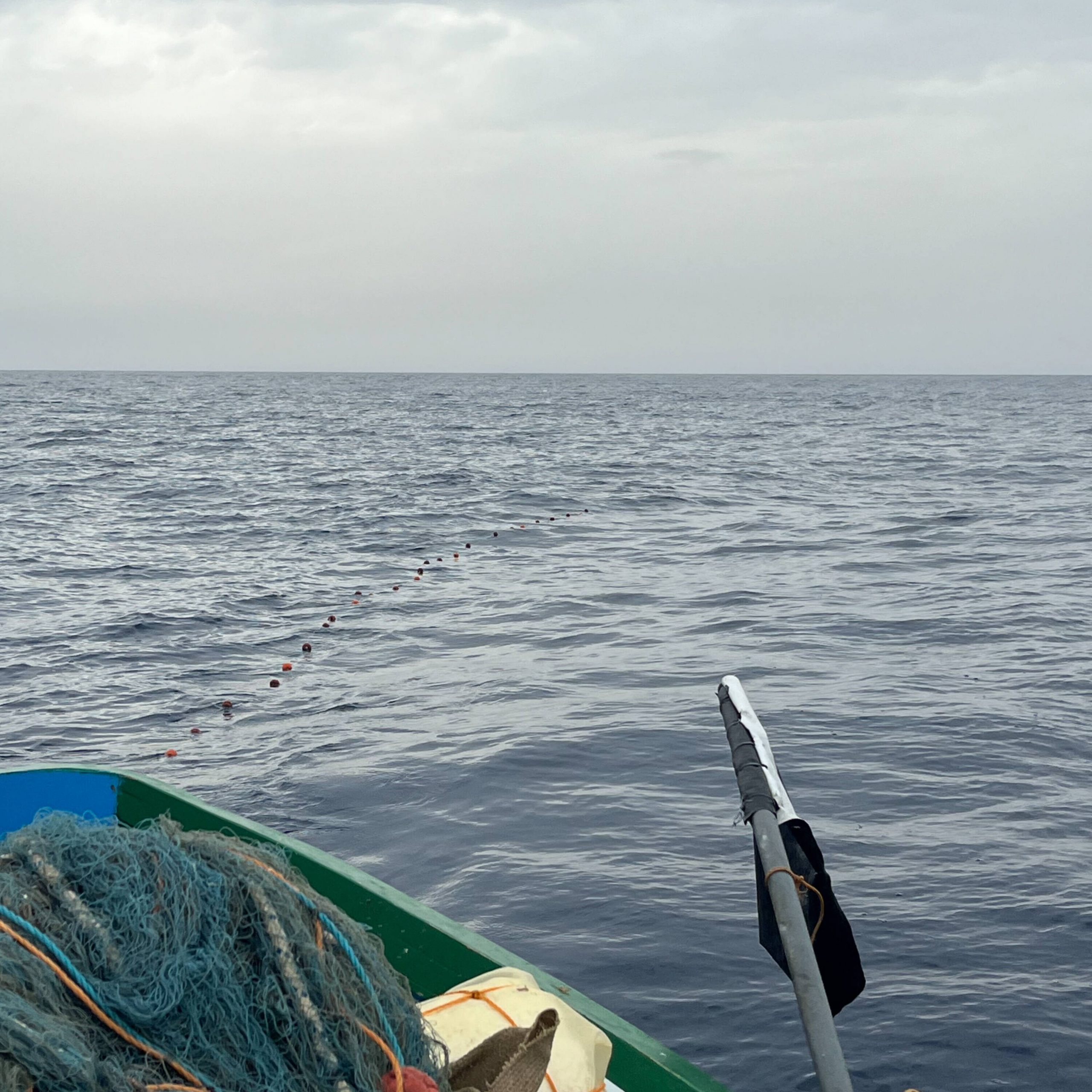April 18th 2025

Jade Lomas
Jadelomas@berkeley.eduJade is a transfer student majoring in anthropology, with interests in archaeology, archives, and cultural resource management.
Long before I knew I wanted to study anthropology, I was a child that loved the sandbox video game, Minecraft. I still love the game, and its developers still continue to roll out updates with new content to this day. One of these updates was Minecraft version 1.20, or also commonly known as the “Trails and Tales Update,” which was released on June 7, 2023– a little less than two years ago.
This update gave players new creatures (or “mobs”), such as the camel; or flora, like cherry blossom trees and bamboo. However, perhaps the most overlooked feature was the implementation of archaeology. With this update, players that encounter randomly generated structures, such as “desert temples,” would be able to excavate and sift through the sand surrounding the structures with a brush to hopefully find pottery shards. Once a player accumulates four pottery shards, they can piece together (or “craft”) a ceramic that will reveal a unique pattern. Besides that, they do not serve a utilitarian function, and are more so for decorative purposes in the player’s world. While deemed as a “doomed” or dead-end mechanic/feature of the game by some players, this update became another example of archaeogaming.
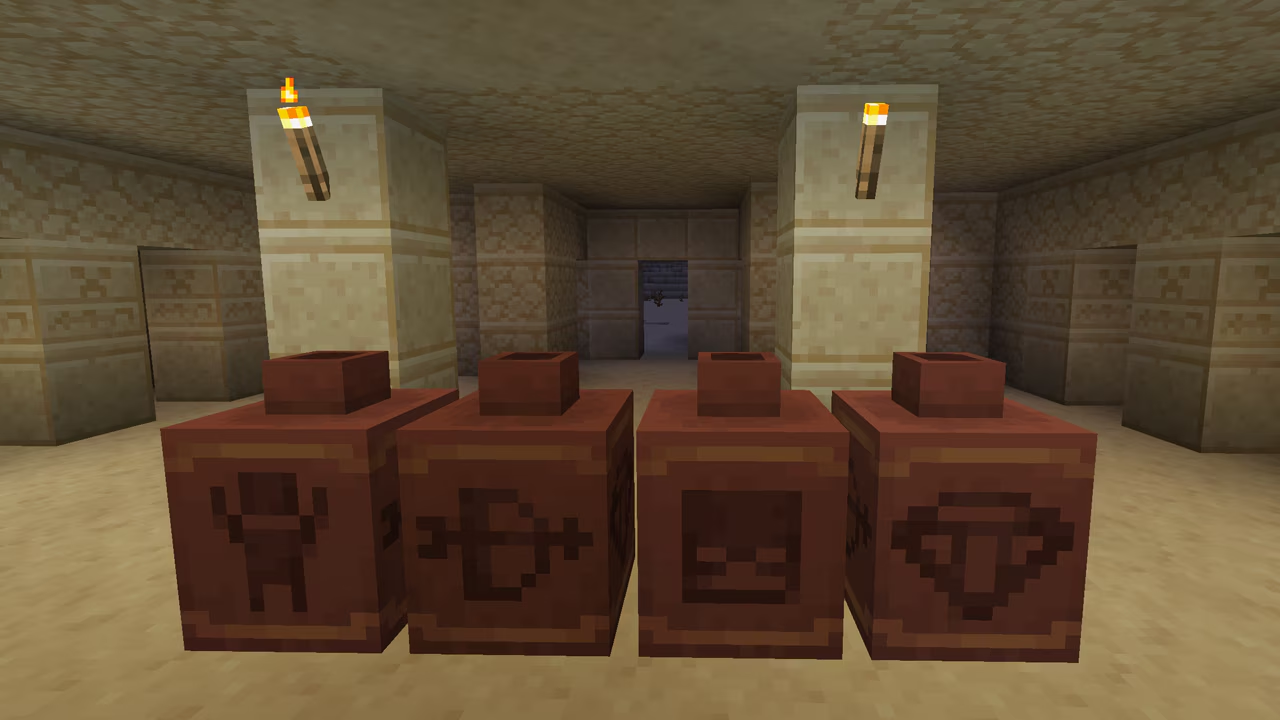
Different ceramic patterns: a humanoid figure, a bow and arrow, a skeleton, and a diamond. / Minecraft
Archaeologist Andrew Reinhard argues in the introduction of his book “Archaeogaming: An Introduction to Archaeology in and of Video Games” that these games can be “…archaeological sites, landscapes, and artifacts..” and that despite the digital forms these environments take shape in, they nonetheless hold “…their own material culture.” He also clarifies that it is not restricted to games canonically set in the past or historical games– Reinhard emphasizes that any video game “…can be studied archaeologically.” Minecraft, then, is definitely a feasible subject for archaeogaming.
Regardless of the popular opinion on the archaeological aspect of the Trails and Tales Update, others have been playing Minecraft through an archaeological lens with and without said features, such as YouTuber Daskalos. Daskalos is an American archaeologist (in the real-world) with a background in CRM work, the American Southwest and Ancient Greece. He maintains different series, from playing Minecraft as if he was a man living in the Bronze Age of Ancient Greece (this is his oldest series and even predates the game’s archaeology update by a couple of months), to interpreting and restoring one of Minecraft’s other generated structures, called “Ancient City.” He even conducted an in-game ethnography with another YouTuber Minecraft archaeologist, Haraldr_Halfdan, of “The End,” one of the three dimensions found in the game. All are interesting and informative videos that explore the possibilities and flexibility of the field of archaeological anthropology further– beyond a grassfield or desert and now into digital worlds.
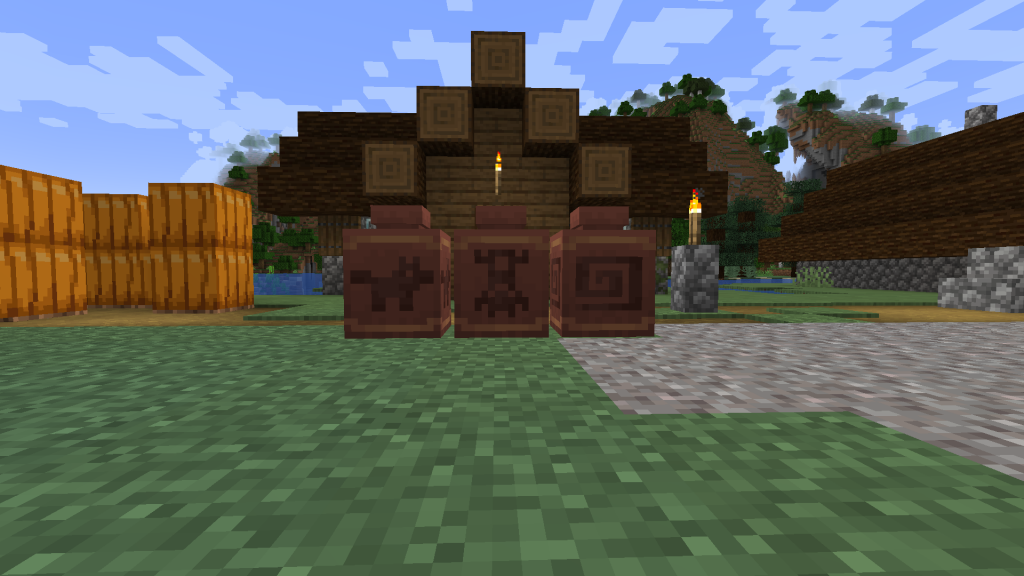
YouTuber/Archaeologist Daskalos asks his viewers to think about an in-game mob called the Warden, endemic to the Ancient City structures, and how it may have behaved with the City’s inhabitants.
Andrew Reinhard’s website, Archaeogaming, is linked here.
Daskalos’ channel is linked here.
Haraldr_Halfdan’s channel is linked here.
Works Cited
Dankis, Sofia. “Archeology Coming to Minecraft 1.20.” Minecraft, 2 Feb. 2023, https://www.minecraft.net/en-us/article/archeology-coming-minecraft-120.
Dankis, Sofia. “The Trails and Tales Update.” Minecraft, 2 Mar. 2023, https://www.minecraft.net/en-us/article/the-trails—tales-update.
Daskalos. (2024, July 20). An Ethnography of The End: (Ft. Haraldr_Halfdan) ep. 1 [Video]. YouTube. Retrieved February 5, 2025, from https://www.youtube.com/watch?v=rc-oaCNYIt0&ab_channel=DaskalosReinhard, Andrew. “Introduction.” Archaeogaming: An Introduction to Archaeology in and of Video Games, 1st ed., Berghahn Books, 2018, pp. 1–22. JSTOR, https://doi.org/10.2307/j.ctvw04bb5.5. Accessed 5 Feb. 2025.

